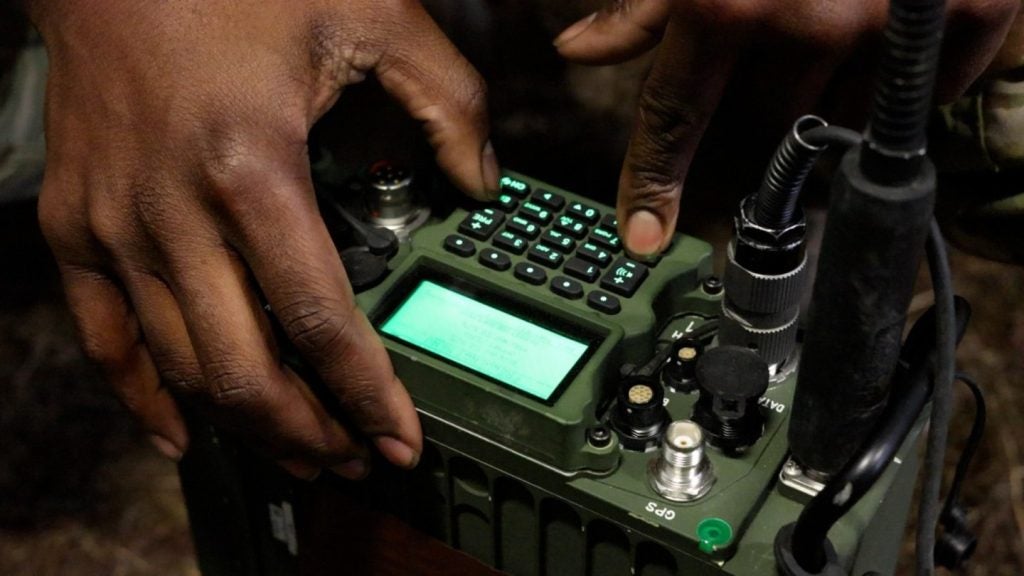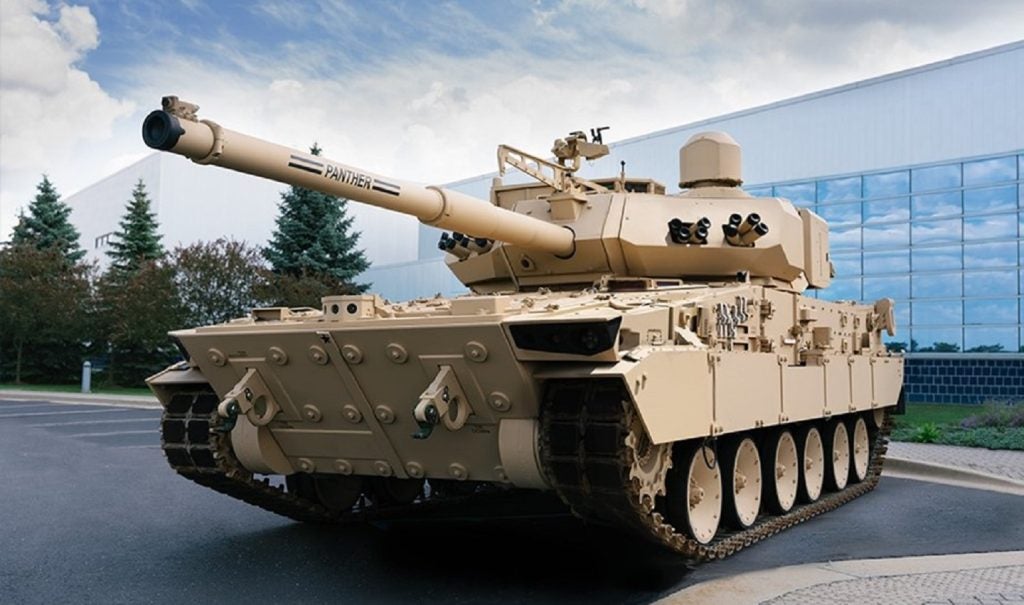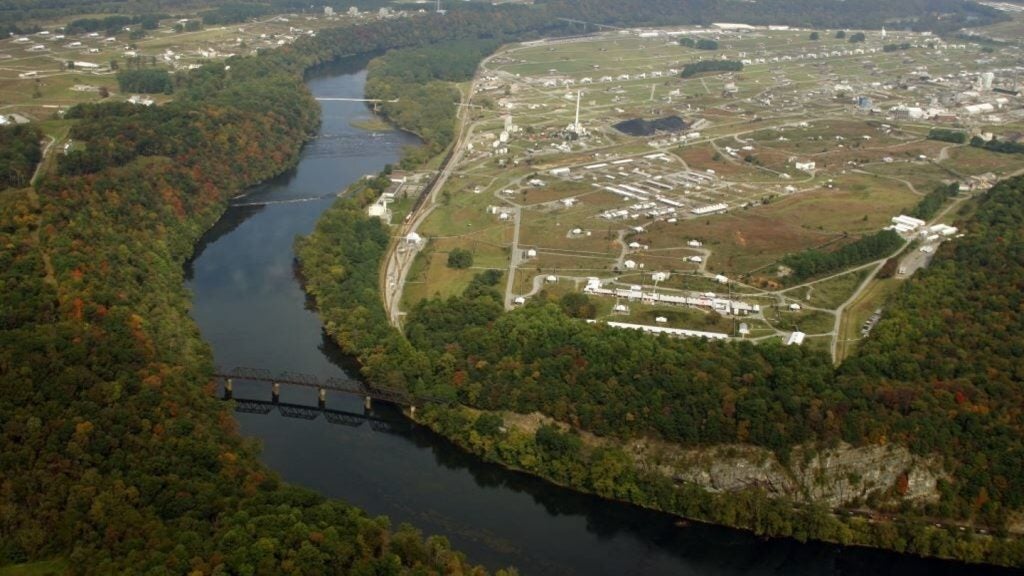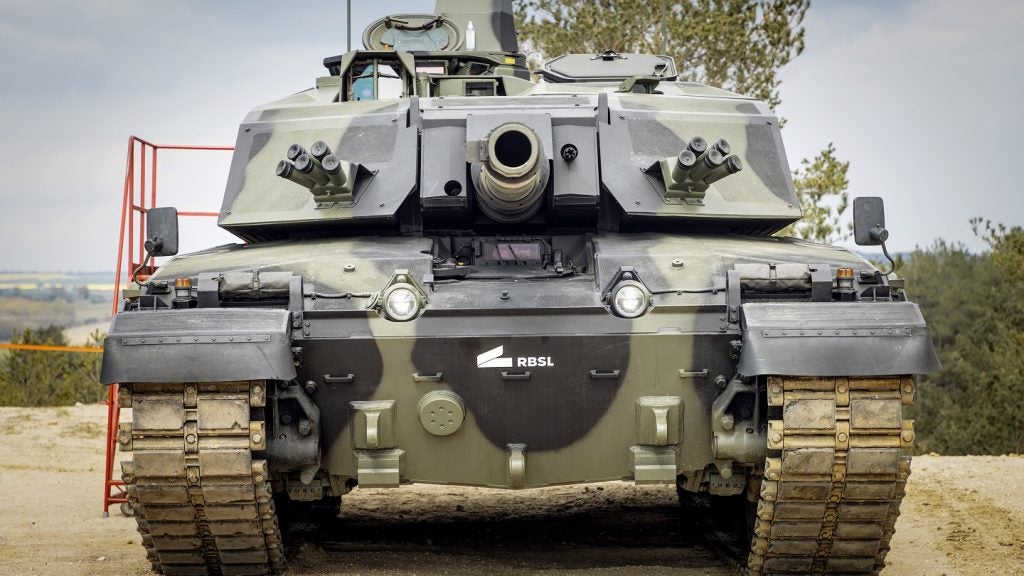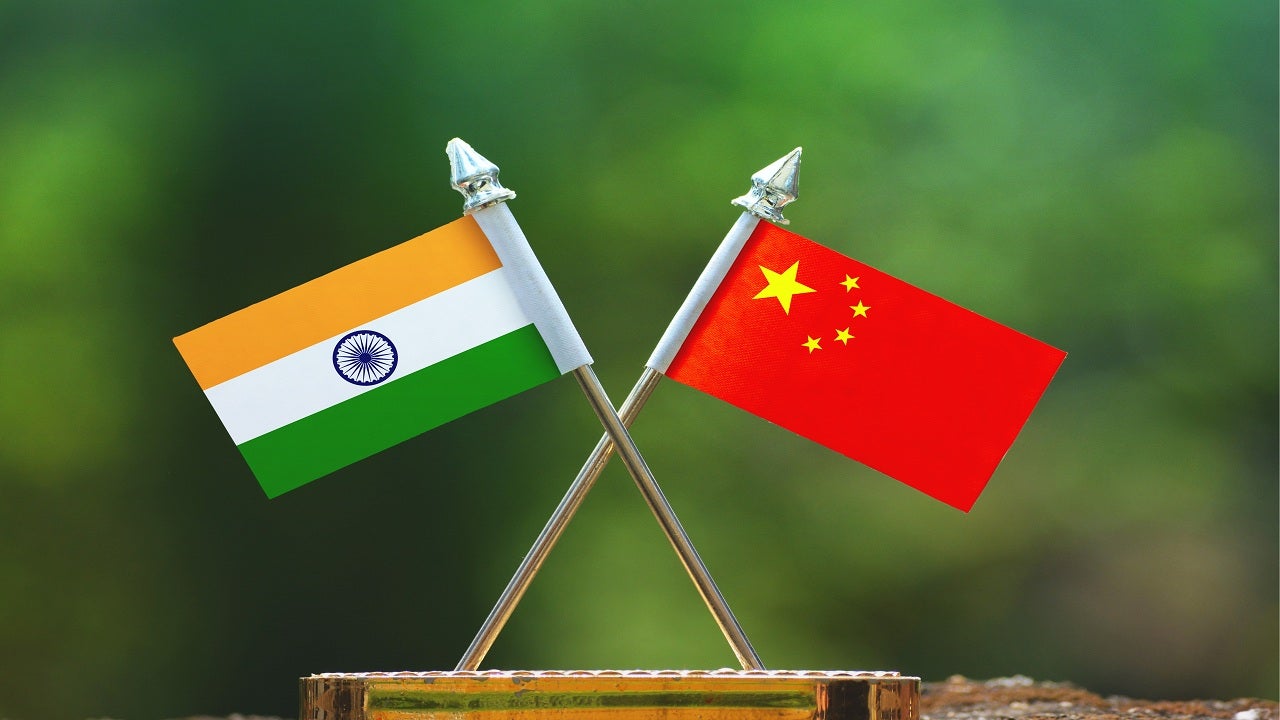
The Indian Army has the world’s largest ground force, currently comprising 1.4 million personnel while the People’s Liberation Army Ground Force (PLAGF) is estimated to have a deployed force of 975,000 troops.
Despite good economic and trade ties, multiple issues continue to impact Sino-Indian relations. Both nations continue to establish military infrastructure along the Line of Actual Control (LAC).
Chinese Army holds a huge inventory of weapons and hardware in most of the categories except tanks when compared to the Indian Army. On the other hand, the Indian Army’s combat experience in high-altitude battles and the acquisition of advanced armament from Russia and the US make it strong to resist potential threats from China.
Army Technology compares the capabilities of Indian and Chinese armies amid the current border tensions between the two countries.
Composition: PLAGF vs Indian Army
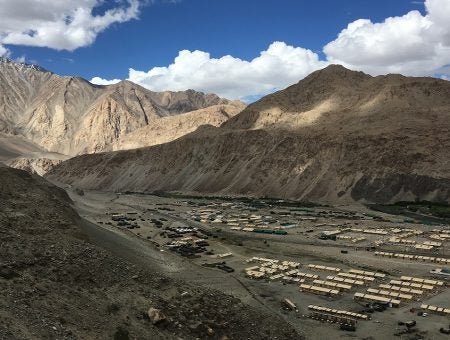
PLAGF is the land-based service branch of the People’s Liberation Army and is the biggest and oldest branch among the Chinese armed forces. Commanded by the Central Military Commission (CMC), the Chinese Army is divided into five theatre commands.
How well do you really know your competitors?
Access the most comprehensive Company Profiles on the market, powered by GlobalData. Save hours of research. Gain competitive edge.

Thank you!
Your download email will arrive shortly
Not ready to buy yet? Download a free sample
We are confident about the unique quality of our Company Profiles. However, we want you to make the most beneficial decision for your business, so we offer a free sample that you can download by submitting the below form
By GlobalDataPLAGF’s regular forces include 13 corps-size army units comprising combined-arms brigades of up to 5,000 soldiers each.
The group armies include armoured divisions, mechanised infantry divisions, infantry and motorised infantry divisions, artillery divisions, and amphibious assault divisions. The Brigade units are made up of mechanised and motorised infantry brigades, armoured brigades, artillery brigades, anti-aircraft artillery missile brigades, and army aviation regiments.
Commanded by the Chief of Army Staff (COAS), the Indian Army is the largest service of the Indian Armed Forces and has 37 Divisions under six operational commands and a training command.
Each division includes up to four Brigades commanded by Corps. Each Brigade is made up of three battalions and support elements, while each battalion is further divided into companies, batteries, platoons, and sections.
Equipment: Chinese vs Indian Army
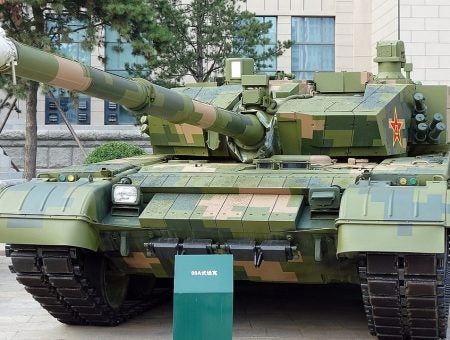
The PLAGF holds an inventory of main battle tanks (MBTs), light tanks, infantry fighting vehicles, armoured personnel carriers, self-propelled and towed artillery systems, rocket launch systems, and surface-to-air missile (SAM) systems.
Its tank force includes Type 99A, Type 99, Type 96, Type 96A, Type 96B MBT, and Type 15 light tank.
The PLAGF’s armoured vehicle fleet is mainly composed of ZBD-09 IFV, ZBD-04 IFV, ZTD-05, and ZBD-11 amphibious assault vehicles while anti-tank weapons include PTL-02 wheeled assault gun system, HJ-8, HJ-9, and HJ-10 anti-tank guided missile systems.
The field and anti-aircraft artillery systems constitute PLZ-05, PLZ-07, and PLZ-83 self-propelled tracked howitzers, as well as a PHL-03 multiple rocket launcher, PP-87 and PP-89 mortars, PGZ-04 air defence system, PGZ-07 anti-aircraft artillery, and HQ-7B air defence missile system.
The Type 95, also known as QBZ-95 automatic assault rifle, is the service rifle of the Chinese Army.
On the other hand, the Indian Army’s weapons inventory includes T-72, T-90 and Arjun main battle tanks, BMP series IFVs, anti-tank guided missiles, fast reconnaissance vehicles, self-propelled artillery, and air defence missile systems.
The INSAS assault rifle serves as the standard service rifle of the Indian Army.
Army Aviation: PLAGF vs Indian Army
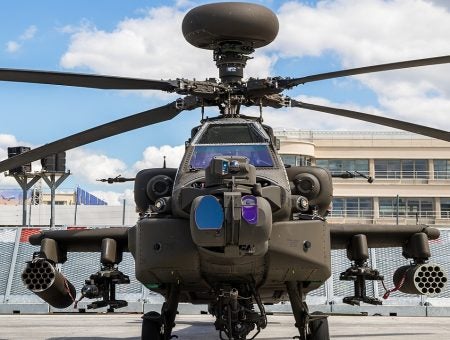
The army aviation branch of the PLAGF operates Harbin Z-19 reconnaissance/attack helicopter, Z-9WA and Z-10 attack helicopters, Mil Mi-8/Mil Mi-17 and Mil Mi-26 transport helicopters as well as Shaanxi Y-8, Shaanxi Y-9, and Xian Y-7 military transport aircraft.
The Army Aviation Corps of India operates a fleet of HAL Dhruv, Chetak and Cheetah utility/liaison helicopters, as well as HAL Rudra attack helicopters.
To be inducted into service in 2020/2021, the AH-64E Apache, the world’s most modern multi-mission attack helicopter, will become a force multiplier for the Indian Army.
Defence spending: India vs China
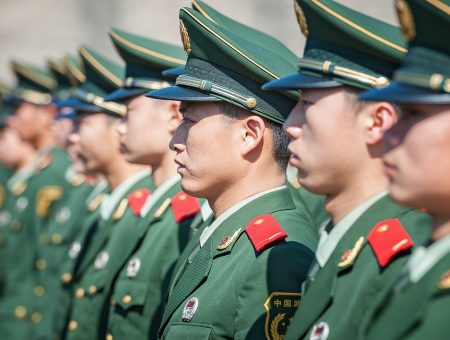
According to the Stockholm International Peace Research Institute (SIPRI), China is the world’s second-biggest military spender with annual defence expenses totalling up to $261bn in 2019. On the other hand, India spent $71.1bn in 2019 for its defence to counter potential threats from neighbouring Pakistan and China. China spent $2.07tn on its military in the last ten years, whereas the cumulative defence spending of India for the same period was $590bn.
PLAGF’s efforts to implement massive modernisation and re-structuring resulted in the reductions in the number of personnel while the Indian Army is suffering from the burden of pensions and salaries that eat a major chunk of the army’s budget, leaving less scope for spending on the modernisation of weapons and technology.
Combat capabilities: PLAGF vs Indian Army
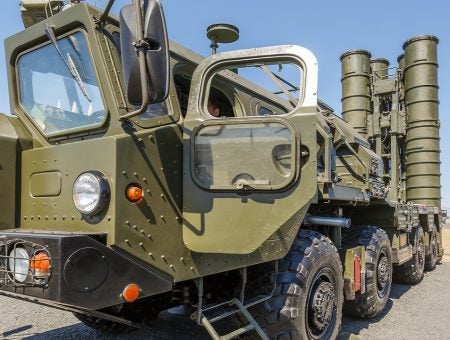
China holds an inventory of 3,500 tanks, whereas the Indian Army with more than 4,200 MBTs outperforms its counterpart. The Type 96A and Type 99 third-generation tanks lead the PLAGF’s tank formations, while T90 Bhishma and Arjun Mark II third-generation MBTs form the backbone of the Indian Army tank force.
PLAGF has 33,000 armoured vehicles, which is more than four times the Indian Army’s inventory of over 8,000 armoured vehicles.
China operates more than 3,800 self-propelled and 3,600 towed artillery systems, and more than 2,600 rocket launchers while India owns in excess of 230 self-propelled and over 4,000 towed artillery systems and approximately 270 rocket launchers.
The Russian-made S-400 Triumf is a cornerstone of the Chinese air-defence missile systems, while India also signed a contract with Russia to field the S-400 system as an effective stand-off weapon against air attacks.
PLAGF, thus, sits on a huge stockpile of weapons when compared with the Indian Army. Troop readiness will play a key role in case of a war, however, since Chinese troops have not fought a major battle after the Sino-Indian War in 1962 and Sino-Vietnamese War, a brief border war with Vietnam in 1979.



